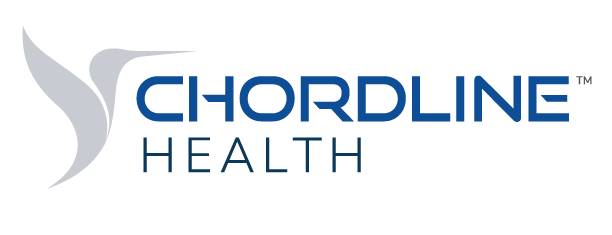Welcome to the Jungle: Cutting Through the AI Hype for True Health Value
By Matt Fahner, COO at Chordline Health
Healthcare experts are betting big on AI’s ability to revolutionize population health management, even as healthcare “field guides” still navigate AI use cases in a jungle of opportunity. Yet AI’s true value lies in predictive analytics and automated tools that deliver actionable information to clinicians when and where they need it most.
There’s no shortage of predictions around how AI will transform population health. PwC predicts AI will drive a more holistic view of population health due to its ability to draw connections between disparate data types ranging from a patient’s medical history to social determinants of health (SDOH). Its analysts also estimate generative AI will give organizations an edge in developing targeted care plans. For instance, when clinicians can “interrogate” ChatGPT to examine care patterns, identify gaps in care, and zero in on factors that contribute to declining health, they can use these insights to create custom care models by segment, with:
Defined clinical pathways for people who suffer from a particular condition, like congestive heart failure, and face heightened risk for complications
Targeted notifications for case managers and clinicians
Customized education and outreach plans, including ideas for proactive intervention
But as the hype surrounding GenAI approaches a roar, automation and predictive analytics have begun to feel like population health management’s best-kept secret.
Stealthy Tools for Population Health Management
Automation remains the quiet but powerful force that helps propel many population health management models—and it still holds tremendous value.
For one, it’s easy to use. Health systems and health plans can put automation into play to prioritize where team members focus based on who is most at risk—or could be soon—and who would benefit from one-to-one intervention. When powered by advanced analytics, this strengthens care team response by initiating care to patients at the right time.
For another, it helps eliminate the manual processes that not only contribute to clinician turnover and burnout but also raise the potential for data entry errors that can delay care. From a business perspective, it’s a powerful tool for strengthening efficiency in population health management and reducing costs. From a patient perspective, it’s a conduit to more personalized care.
And if automation is the quiet force that helps power an organization’s population health management model, predictive analytics is the accelerator. More and more, health plans and health systems are applying data-based insight not just from their own patient cohorts, but also from similar populations nationally. This gives clinicians a better understanding of the care interventions that work best for specific groups of people, like patients with diabetes or a combination of chronic illnesses. It also positions clinicians to anticipate care needs before they become health threats.
Why Automation and Predictive Analytics are King
While generative AI is an “in the wild” approach to population health management—widely discussed, but not yet proven—automation and predictive analytics provide right-now value. Here are three factors that currently separate automation and predictive analytics from gen AI.
A Supercharged View into Patient Risk
The best predictive analytics tools assign risk scores based not just on claims data, but also on patient-specific factors like SDOH, utilization patterns, and medication adherence. This gives population health managers the holistic view that some experts predict generative AI will provide—without an extra layer of technology.
Access to the Information Clinicians Need the First Time
Automation populates the right fields when data is ingested from other sources. This puts the latest information in clinicians’ hands directly within their workflows, streamlining care management. It also strengthens the ability of health systems and health plans to stratify patients based on risk and understand the issues specific populations face, including medication adherence and treatment plan compliance. The best platforms normalize data from multiple sources and enrich it with information from other sources to deliver a full picture of patient risk.
The Ability to Predict Patients’ Care Needs
By harnessing healthcare data from a wide variety of sources—including public sector agencies—the most advanced predictive analytics tools can analyze and even forecast a population’s healthcare utilization and costs. This drives improved outcomes at a lower cost. It also creates a foundation for collaboration between health systems, health plans, and even public health for better population health.
As the healthcare industry continues to explore generative AI’s potential, automation, and predictive analytics still reign supreme in advancing population health initiatives that achieve desired outcomes in cost-effective ways.
